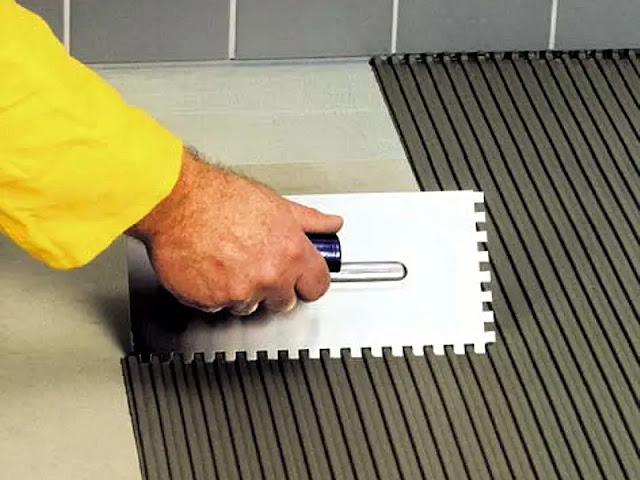Inside Plaster Options
Ready mix plaster manufacturers in India has been around for a considerable length of time and the
craving for smooth solid dividers is as yet the favored look. We realize that
5,000 years prior the Egyptians consumed gypsum and afterward squashed it into
a powder at that point blended it with water to be utilized as a joining
compound for the gigantic squares to construct the pyramids.
Ready mix plaster in India
was connected in three coats. The primary coat was known as the "scratch
coat" which was connected over wood slat or metal strip and put on at a
thickness of 1/4" - 1/2" in one pass, at that point scratched with a
scarfier or some sort of rake to help "key in" the following coat.
The subsequent coat or "darker coat" was connected the following day
or inside a couple of days and long straight edges or "darbies" were
utilized to straighten the divider. This coat was done smoother yet left
somewhat unpleasant to enable the last coat to bond. This subsequent pass was
additionally connected at a comparative thickness as the main coat. The third
and last coat was the "complete coat". This last layer of mortar was
an a lot more slender application and typically hard troweled to a smooth
completion. The completion coat was generally painted yet before paint was
accessible, the item was necessarily hued or left the characteristic shade of
the crude materials. This look is the thing that most will call "Venetian
Plaster", "Fake Plaster" or "Cleaned Plaster".
A great many people today will call any smooth completed divider
with shading variety "Venetian Plaster". Ready mix plaster in India is all the more a style or procedure of various flimsy coats layered
one over the other to make the presence of profundity. Most mortar today is connected
legitimately over arranged drywall and is done in a lot more slender coats. The
thickness of the mortar framework will rely upon the readiness of the drywall
substrate. Exceptionally meager mortar frameworks will require the drywall to
be done to a level 4 or 5, or will require a thicker mortar base coat to cover
and smooth out the flaws in the drywall. Thicker mortar frameworks may not
require any taping of board joints and inside or outside corners, however will
require a type of treatment before applying a completion coat.




Comments
Post a Comment